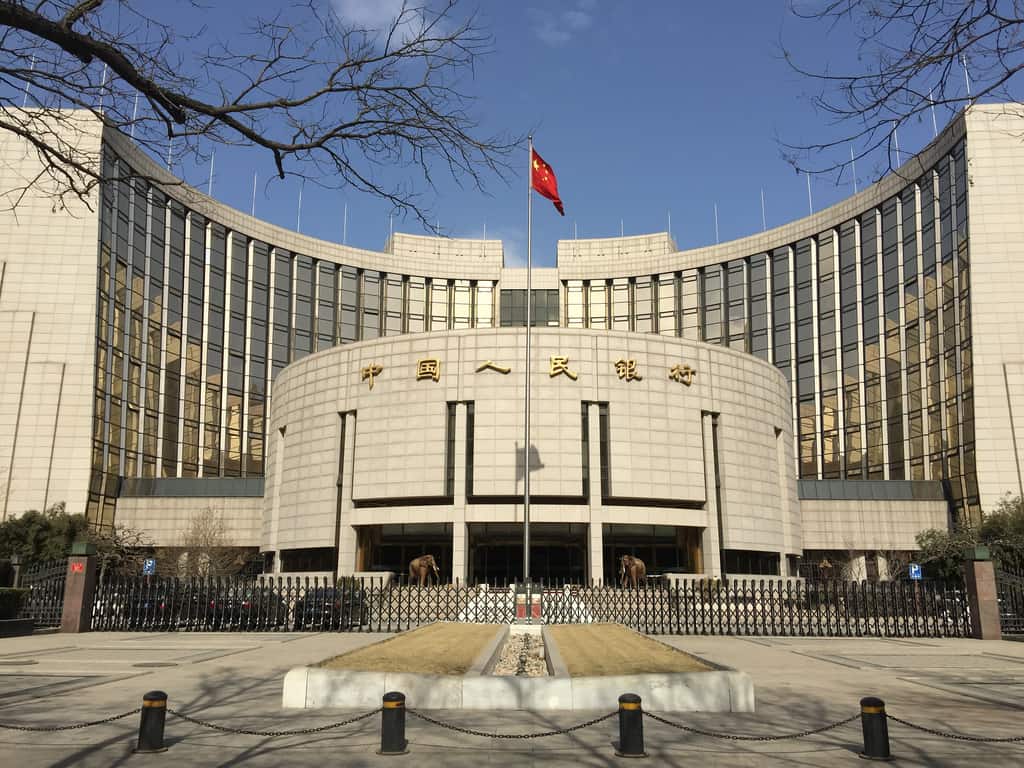A contraction in Chinese shadow banking activity is on track to ease in the second half as Beijing dials back its curbs on the sector and adopts measures to boost the economy.
A report from ratings agency Moody’s indicates that Beijing’s deleveraging campaign and shadow banking crackdown have already borne significant fruit.
Assets of the shadow banking sector as a share of China’s gross domestic product fell to 73% by the end of June, as compared to 79% a year previously, as well as a high of 87% towards the end of 2016.
The first half of 2018 saw shadow banking assets decline by 2.7 trillion yuan to 62.9 trillion yuan.
Moody’s expects this contraction to moderate in the second half however, as Beijing adopts measures to support economic growth amidst unresolved trade tensions with the United States.
The Chinese banking regulator has issued repeated calls for banks to step up lending to the real economy, while the Chinese central bank has switched its monetary policy stance from “rationally stable” to “rationally ample” and the State Council has flagged heightened stimulus measures.
Michael Taylor, Moody’s Asia-Pacific managing director, sees Chinese regulators “taking a more gradualist approach in response to slower domestic credit growth and a more challenging external environment” according to a report from The Financial Times.
Moody’s highlights a range of efforts launched by regulators to boost the economy, including increases in bank lending capacity, investment in corporate bonds, and looser application of regulations governing asset management and wealth management products.
“Interbank liquidity improved significantly in the second quarter as the central bank gradually shifted its monetary policy stance towards an easing bias,” said the ratings agency.
Related stories
Domestic Analysts Skeptical about CBIRC’s Push for Chinese Banks to Support Real Economy
Beijing Sheds light on Plans for More Active Fiscal Policy



